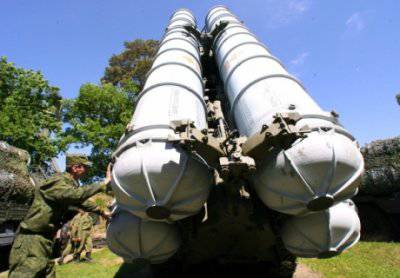All C-300PM air defense missile systems, which are in service with anti-aircraft missile regiments of the Armed Forces of the East Kazakhstan region, have been upgraded under the Favorit-S program
 All anti-aircraft missile systems (ZRS) C-300PM, which are in service with anti-aircraft missile regiments of the Aerospace Defense Forces (EKR), have been upgraded by the Favorit-S program.
All anti-aircraft missile systems (ZRS) C-300PM, which are in service with anti-aircraft missile regiments of the Aerospace Defense Forces (EKR), have been upgraded by the Favorit-S program.The second stage of improving the means of the system involves upgrading it to the C-300PM2 level, which will increase the likelihood of hitting ballistic targets, replace obsolete workplaces and computing facilities with modern samples (Elbrus, Baguette, RAMEK), introduce autonomous means of detection and targeting, as well as modernized communications equipment and modern means of topographic location.
These works, according to several estimates, show that the effectiveness of the upgraded C-300PM to the PM2 level, reflecting the combined impacts of aerodynamic and ballistic targets, increases on average by 15-20%.
In the future, by 2020, around 100% of anti-aircraft missile regiments of the Air and Missile Defense Command (Air Defense and Missile Defense) of the EKO forces are planned to be re-equipped with the C-400 anti-aircraft missile system, the Pantsir-S anti-aircraft missile system (ZRPK), as well as the Vityaz anti-aircraft missile system (ZRK).
Moreover, the 6 ZRPK “Pantsir-S”, which passed state tests at the Ashuluk and Kapustin Yar test sites, has already entered service with the anti-aircraft missile regiment 5 of the Air Defense and ABM Command Brigade.
In September, the 2011 of the C-400 and the Pantsir-S ZRPK took part for the first time in the large-scale exercises “Combat Commonwealth-2011” and “The Union-2011 Shield”, where they showed good results in destroying air targets in extremely small, medium and high altitudes.
Information